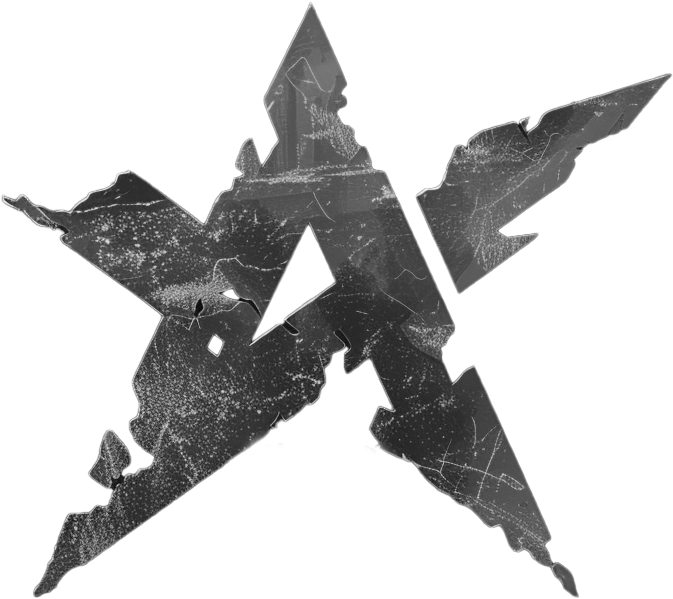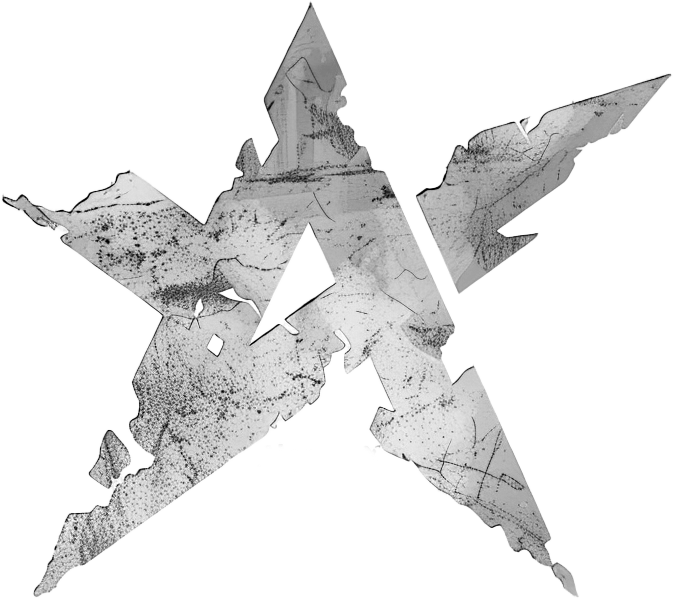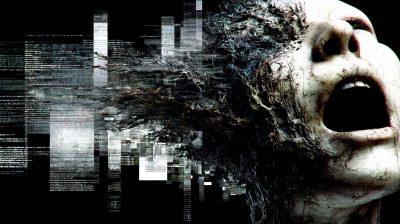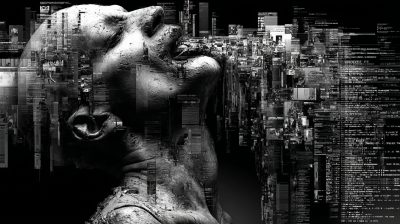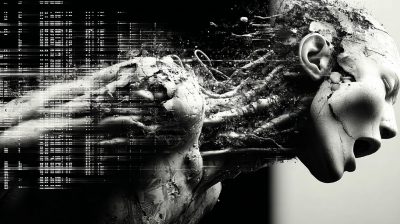The Misconception of AI: Why Random Image Generation Is Not a Professional Tool
The Illusion of Generative AI’s Omnipotence
Artificial intelligence has revolutionized the way we create images and designs. But with rapid advancements comes a dangerous misconception: The belief that AI „can do anything“—without control, without domain expertise, without human guidance.
In reality, the opposite is true: The more powerful AI becomes, the more crucial expert oversight is. What may initially appear as a marvel of automation often proves unusable upon closer inspection—especially where precision, reproducibility, and expertise matter.
The Problem: AI Generates Pixels, Not Understanding
Models like Stable Diffusion, Midjourney, or DALL·E excel at pattern recognition and style replication—but they do not comprehend what they are doing. This leads to three core issues:
1. Randomness Over Reliability
-
AI often produces impressive one-off images but fails to deliver consistent results.
-
Minor prompt adjustments can yield completely different (and unusable) outputs.
-
Without control, generation remains a gamble—unacceptable for professional use.
2. Lack of Domain Accuracy
-
AI can generate a „realistic medical diagram“—but without medical expertise, it may contain anatomical errors.
-
It can create „brand logos“—but without design principles, they may be uninspired or legally questionable.
-
Without expertise, AI is flying blind.
3. The Reproducibility Gap
Professional design thrives on iteration, refinement, and clear briefings. Yet:
-
AI outputs are often impossible to perfectly replicate.
-
Minor prompt tweaks lead to uncontrollable variations.
-
This makes AI difficult to integrate into structured workflows.
The Solution: Control, Curation, Expertise
1. AI as a Tool, Not a Magic Wand
-
Professional use requires control techniques like ControlNet, inpainting, or masking.
-
Precise parameters (seed control, scaling steps, negative prompts) make results more predictable.
2. Domain Knowledge as a Filter
-
An architect can spot if AI-generated buildings are structurally flawed.
-
A graphic designer knows which color combinations violate brand guidelines.
-
AI needs human gatekeepers to validate outputs.
3. Curation Over Chance
-
In advertising, medicine, or industrial design, the final result cannot be a lottery ticket.
-
True professionals use AI as raw material—then refine it with intent.
Conclusion: From Toy to Tool
Generative AI is a disruptive technology—but it is no substitute for expertise. What it can do is provide raw material. What it cannot do is determine whether that material is good.
The difference between amateur „trial and error“ and professional application lies in three factors:
-
Control (technical management of generation),
-
Curation (selective refinement and post-processing),
-
Competence (domain knowledge that AI lacks).
Only when these elements come together does AI become a reliable tool. Everything else is just a game.
